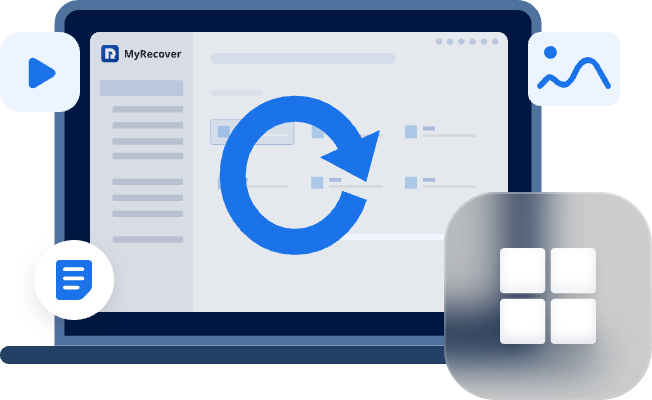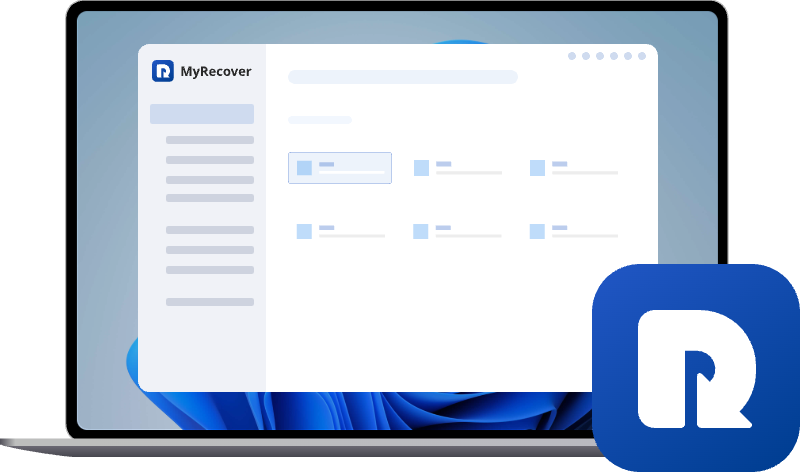Solved: Samsung SSD 990 Pro Not Showing Up
Dealing with a Samsung 990 Pro SSD not detected issue? This detailed abstract helps you understand why your SSD fails to appear and walks you through reliable fixes. From BIOS settings to driver updates, restore detection fast and keep your Samsung 990 Pro running smoothly.
Understanding Why Your Samsung SSD 990 Pro Isn’t Showing Up
Before diving into troubleshooting, it helps to understand where the issue might be coming from. SSD visibility depends on a combination of hardware, firmware, BIOS settings, and Windows system configuration.
Common Scenarios Where the SSD Doesn’t Appear
1. SSD Not Showing Up in File Explorer
This typically happens when:
- The SSD is unallocated
- There is no drive letter
- The drive is RAW or unformatted
- Windows lacks the proper driver
2. SSD Not Detected in Disk Management
This means the problem goes deeper. Possible causes include:
- Incorrect motherboard slot selection
- BIOS PCIe mode mismatch
- Driver or firmware conflicts
- Hardware failure
3. Samsung 990 Pro Not Recognized in BIOS
If BIOS doesn’t list the SSD:
- The SSD might not be seated properly
- The NVMe slot could be disabled
- Secure Boot/CSM settings may cause conflict
- Motherboard PCIe lane distribution could be misconfigured
Main Reasons Your Samsung 990 Pro SSD Is Not Showing Up
- Improper installation
- Disabled M.2 slot
- Wrong BIOS settings
- Outdated NVMe driver
- Drive not initialized
- File system corruption
- Faulty SSD or motherboard
How to Fix "Samsung SSD 990 Pro Not Showing Up"
Below are fully detailed step-by-step methods, each explaining why the fix works and how to perform it.
Method 1: Check Physical Connections
The most common cause is a loose or improperly seated drive. M.2 SSDs require firm and precise insertion.
1. Reseat the SSD
1. Power off your PC completely.
2. Unplug the power cable and hold the power button for 5 seconds to discharge remaining electricity.
3. Remove the side panel and locate the M.2 slot.
4. Unscrew the retaining screw and gently remove the SSD.
5. Reinsert the SSD at a 30-degree angle, firmly pushing until fully seated.
6. Tighten the screw—just snug, not overly tight.
2. Clean the M.2 Slot
Dust or debris in the slot interferes with signal contact.
1. Use compressed air to blow out the slot.
2. Wipe the SSD’s gold connectors with a microfiber cloth.
Method 2: Enable NVMe or M.2 Support in BIOS
Many motherboards ship with certain PCIe or M.2 lanes disabled by default.
Steps:
1. Restart your PC and enter BIOS (usually Del, F2, or F12).
2. Look for sections like:
- Advanced → Storage Configuration
- Advanced → NVMe Configuration
- Onboard Devices → M.2 Slot Configuration
3. Make sure NVMe/M.2 Mode is set to:
- Enabled
- Auto
- PCIe
Method 3: Change BIOS Storage Settings
Your BIOS may be using incompatible modes that prevent NVMe detection.
Try These Settings:
1. Switch SATA Mode to AHCI
- AHCI allows full NVMe compatibility.
- RAID modes often hide SSDs unless special drivers are installed.
2. Disable CSM (Compatibility Support Module)
Enabling CSM can interfere with NVMe boot drives.
3. Set PCIe Link Speed
- Try Gen 4 or Auto if your motherboard supports it.
- Older boards may work best on Gen 3.
4. Enable Secure Boot
On some boards, Secure Boot is required for NVMe initialization.
Method 4: Update Drivers & Samsung Magician Firmware
Windows may not recognize a new NVMe SSD without proper drivers.
Steps:
1. Install or update Samsung NVMe Driver from Samsung’s support page.
2. Install Samsung Magician.
3. Open the software and check for:
- Firmware updates
- Health checks
- Drive diagnostics
Method 5: Initialize the SSD in Disk Management
If the SSD is detected but not usable:
Steps:
1. Right-click Start → Disk Management.
2. If you see your SSD labeled as Not Initialized:
- Right-click → Initialize Disk
- Choose GPT unless you need MBR for legacy systems.
3. After initializing, create a New Simple Volume.
Method 6: Assign a Drive Letter
Even initialized disks need a drive letter to appear in File Explorer.
Steps:
1. Open Disk Management.
2. Right-click the SSD partition → Change Drive Letter and Paths.
3. Click Add → Choose any available letter.
Method 7: Format the SSD
If the SSD shows as RAW or corrupted, it must be formatted.
1. Right-click the SSD partition → Format.
2. Choose:
- NTFS for Windows-only use
- exFAT for cross-platform
3. Leave allocation size as default.
Method 8: Use Diskpart to Manually Detect the Drive
If Disk Management won’t detect the drive, Diskpart might.
Steps:
1. Open Command Prompt as Administrator.
2. Type the following:
diskpart
list disk
3. If your SSD appears here, use:
select disk X
clean
4. Return to Disk Management and initialize again.
Method 9: Test the SSD in Another Device
If the SSD is still not showing, test it externally.
Options:
- Insert the SSD into another PC.
- Use a USB NVMe enclosure.
- Try a different M.2 slot on your motherboard.
Bonus Tip: What If the Data on My Samsung SSD 990 Pro Is Lost?
If your Samsung SSD 990 Pro wasn’t showing up due to corruption, formatting, wrong initialization, or accidental deletion, you might be worried about losing valuable files. The good news? Most of the time, the data is not gone forever — it’s just temporarily inaccessible. That’s where MyRecover comes in.
MyRecover is a professional data recovery tool designed to restore data from SSDs, HDDs, USB drives, and more — including the Samsung SSD 990 Pro. Whether your SSD became unallocated, RAW, formatted, or simply disappeared from File Explorer, MyRecover can help you retrieve your files safely.
Why Choose MyRecover for Samsung SSD 990 Pro Data Recovery?
- High recovery rate powered by advanced scanning algorithms.
- Supports NVMe SSDs, including Samsung 990 Pro.
- Restores deleted, formatted, or corrupted files.
- Works on RAW drives.
- Recovers photos, videos, documents, and system files.
- Simple, beginner-friendly interface.
How to Recover Lost Data from Samsung SSD 990 Pro Using MyRecover
1. Download and install MyRecover on your Windows PC.
2. Launch the program and select your Samsung SSD 990 Pro.
3. Click Scan to search for deleted or lost files.
4. Preview the found data and select what you want to recover.
5. Click Recover and save the files to another safe location.
Conclusion
A Samsung SSD 990 Pro not showing up can be caused by something as simple as a loose connection or as deep as BIOS misconfiguration. By following the detailed troubleshooting steps above, you can quickly diagnose why your SSD isn’t being detected and restore it to full functionality.
And if you accidentally lose data during the process, tools like MyRecover ensure you have a safe, reliable way to get your files back.


